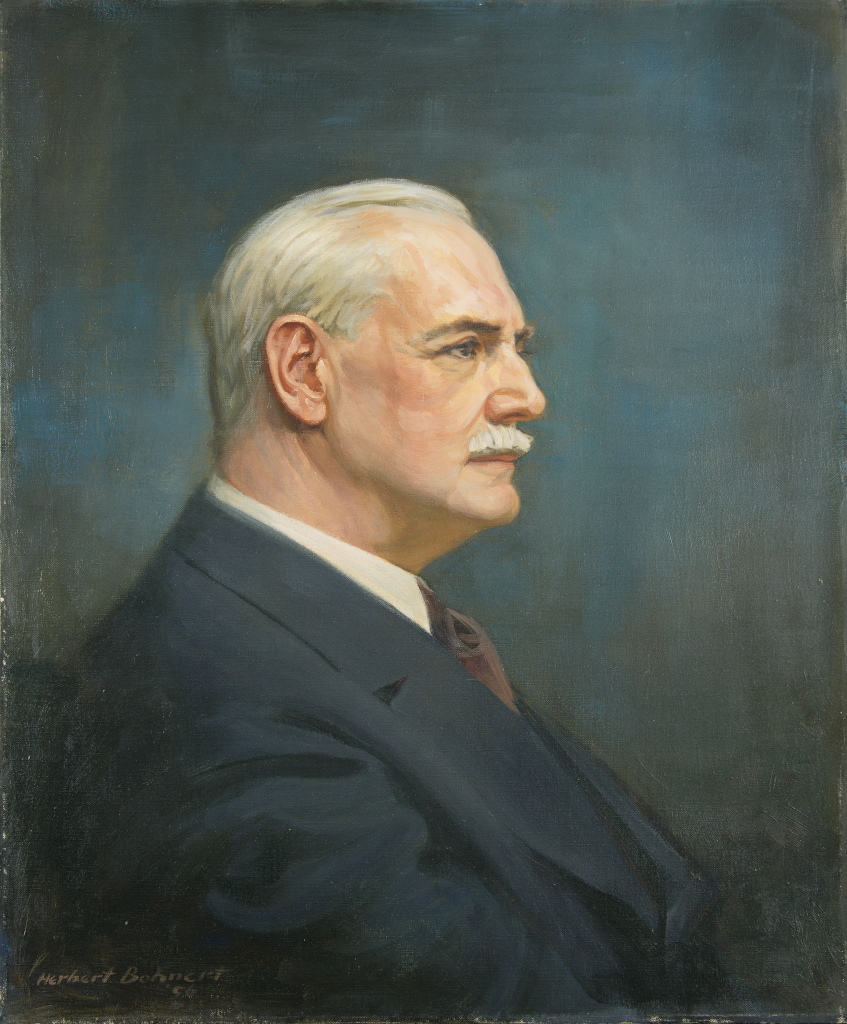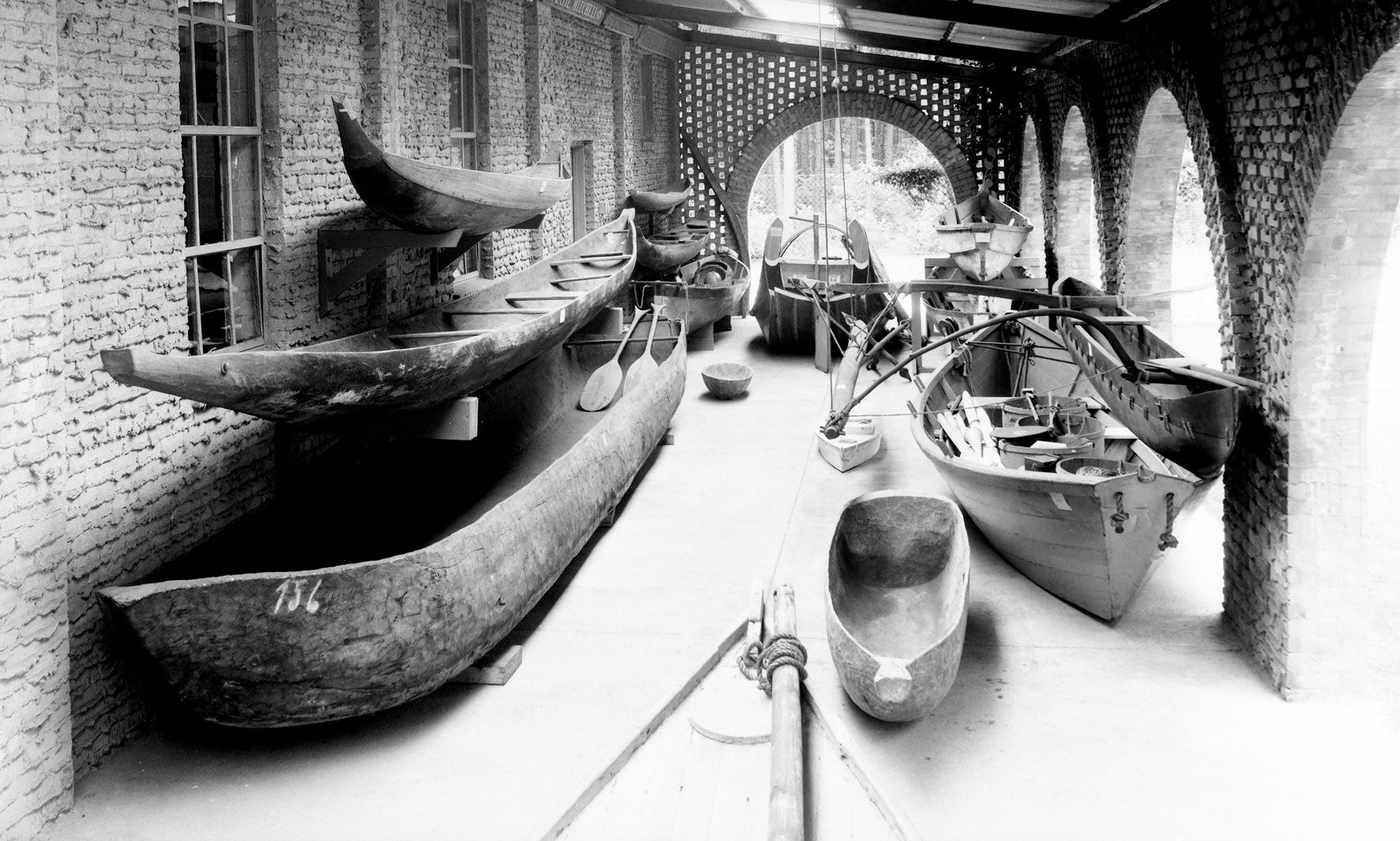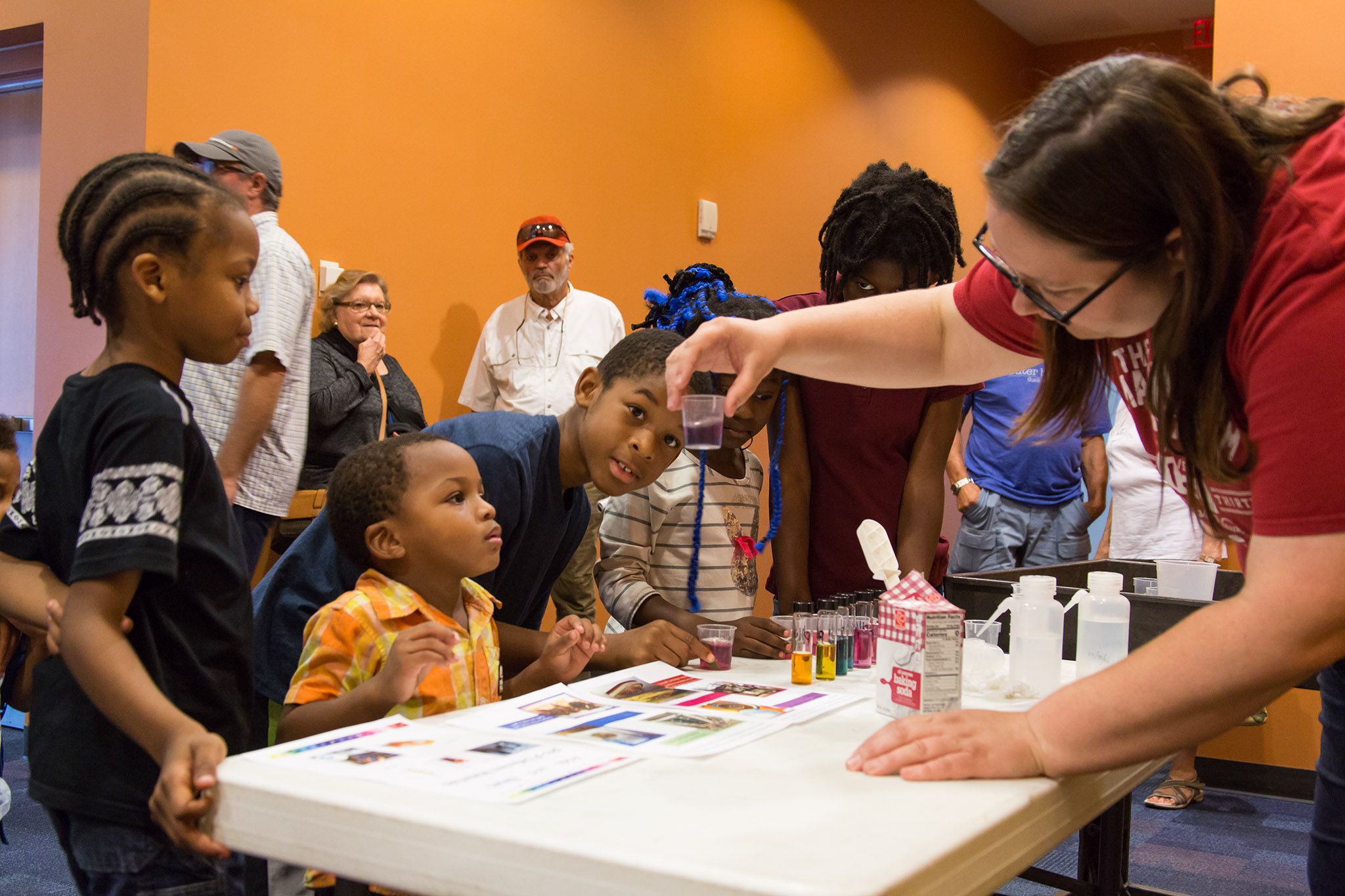
Our Mission
The Mariners’ Museum and Park connects people
to the world’s waters, because through the
waters – through our shared maritime heritage –
we are connected to one another.
We believe that the promise of our mission is a powerful one. This shared connection to the water unites our local, national, and global communities. That bond – the belief that we are all mariners – creates the vehicle to build resilient and flourishing communities even in the face of adversity.
Our 1930 Charter describes the purpose of The Mariners’ Museum and Park:
… to build, own, equip, maintain, and operate in Warwick County, in the Commonwealth of Virginia, a museum and library pertaining to nautical subjects, things and interests, and otherwise to advance learning, the arts, and sciences related to and bearing on water craft, the marine and marine navigation, thus to promote the public welfare [emphasis added] and provide means for encouraging and carrying on the above mentioned purposes.
And…to develop and maintain a lake and park within the bounds of which the foregoing purposes may be accomplished.
The mission statement draws its inspiration from the charge that we exist “to promote the public welfare.”
Our Story

Our Founding
In 1930, at the outset of the Great Depression, Archer Huntington owned Newport News Shipbuilding and Drydock Company, and Homer Ferguson served as its president. Concerned for the well-being of shipyard workers and their families and about keeping their skilled labor force together while the demand for shipbuilding was low, Huntington and Ferguson used shipyard workers to build a museum and library dedicated to promoting all things nautical and maritime.
During that time, Huntington and Ferguson partnered with the Virginia Engineering Company, founded and owned by Lloyd Noland Sr., to build the Lions Bridge to dam Waters Creek and create the 167-acre Mariners’ Lake. Anna Hyatt Huntington, a world-renowned and prolific sculptor, was married to Archer Huntington for thirty-two years. The James River waterfront would soon be adorned by Anna Hyatt Huntington’s four iconic lions and her towering statue, Conquering the Wild, a monument to Collis P. Huntington, Archer’s father. Robert Baillie carved all of Anna’s sculptures from Indiana limestone.

Our Journey
Over the decades since Archer Huntington signed The Mariners’ Charter on June 2, 1930, The Mariners’ Museum and Park has assembled a world-class Collection that is local, national, and international in scope. In the late 1990s, the US Congress recognized the importance of The Mariners’ Collection by designating The Mariners’ Museum and Park as one of two institutions that, together, comprise “America’s National Maritime Museum.” (The other is South Street Seaport in New York City.)
Soon after the congressional designation, the National Oceanic and Atmospheric Administration’s (NOAA) Monitor National Marine Sanctuary, working with the US Navy, The Mariners’, and others, began an aggressive campaign to raise several large artifacts from the wreck of USS Monitor from the floor of the Atlantic Ocean. The team ultimately recovered more than 200 tons of Monitor artifacts that are now housed at The Mariners’, the US Government-designated repository for Monitor artifacts.
That work culminated in the recovery of the iconic revolving turret in 2002, and in 2007, The Mariners’ opened the massive Batten Conservation Complex, initially to conserve Monitor’s artifacts. Today, this complex is the largest and most advanced conservation lab of any maritime museum in the world, and the Monitor conservation project is the largest marine archaeological metals conservation project in existence.
In addition to the national and global reach of The Mariners’ Museum, the local and regional community cherishes The Mariners’ Park. The Noland Trail has won dozens of awards that showcase the deep connection our community has to this treasured resource. The Lions Bridge, one of the most photographed spots in Newport News, features Anna Hyatt Huntington’s four iconic stone lions and her tribute to Collis P. Huntington, the statue Conquering the Wild.
Our Approach
Today, we build our approach on two important concepts: the audacious vision of Archer Huntington and the servant leadership exemplified in our founding story.
At many times during The Mariners’ history, Archer’s inspiring response has buoyed our commitment to bold action in support of the local, national, and global communities we serve.
In a 1932 letter responding to a member of The Mariners’ staff inquiring about whether or not a certain decision fit standard museum practice, Archer replied:
“On the whole, I think it is bad for the spirit to bother about what other museums have done, in view of the fact that we do not ever wish to do the same. If the Mariners’ Museum has no new line of work and no new museum principles to prove, it is a waste of time and energy.”
A Bold Vision
Servant Leadership
Several years ago, we at The Mariners’ found ourselves in a position experienced by many cultural institutions: declining visitation and declining revenue. Our commitment to a servant leadership approach completely reversed our path. Specifically, by adopting the mission described above, we placed ourselves in service of something bigger than ourselves: our community.

Today:
- We serve people not only within our galleries, but through our digital content, all over the world;
- We serve many segments of all these communities and continue to expand our connection to more and more segments; and
- We are on a much more financially sustainable path, which will allow us to continue serving indefinitely into the future.
Step One: Collections-Based Strategy
We view ourselves as stewards of the shared maritime heritage that lives within our Museum’s art, artifact, and archival collection and of the ecosystem formed by the Park’s “Living Collection.” Within The Mariners’ Museum, paper conservators, object conservators, archaeological conservators, and a research scientist work daily to stabilize and preserve our Collection for generations to come. Researchers across our team continue to build the body of knowledge around our Collection with a particular focus on so-called “Hidden Histories” – uncovering the full and complete stories that include the contributions of all cultures to our shared maritime heritage.
Within The Mariners’ Park, our team similarly conserves our “Living Collection ”– the water, trees, and wildlife that comprise the Park. Water quality testing and management ensure that the stormwater that feeds The Mariners’ Lake is as clean as possible before passing into the James River. A forest management plan, created in partnership with the Virginia Department of Forestry, is focused initially on the removal of invasive trees and shrubs and the restoration of native tree species like longleaf and shortleaf pines, as well as a host of native hardwoods. Partnerships with entities such as the Virginia Institute of Marine Sciences (VIMS) facilitate research about the wildlife in the Park, like the VIMS striped bass survey.
Step Two: Community-Focused Strategy
We focus on access to the Museum or Living Collections in a way that provides emotional or intellectual value to the people we serve. First tested in August 2016, The Mariners’ Museum has permanently adopted a $1 admission policy, endowed by the Batten Foundation. The Mariners’ Park and the Noland Trail are free to the public, funded by Huntington Trusts and the Noland Trail Endowment. Growing endowment and corporate sponsorships allow us to increase the number of free Educational Enrichment programs to the Title I schools within our region.

Grant funding has similarly enabled us to provide access in meaningful ways to school kids. In 2021, The Mariners’ Museum and Park was one of 12 award recipients of NOAA’s Chesapeake Bay Watershed Education and Training (B-WET) grant, creating The Mariners’ Environmental Co-op, which includes expertise from Christopher Newport University, the James River Association, NOAA’s Monitor National Marine Sanctuary, and The Center for Educational Partnerships to serve more than 5,000 young people over three years.
This grant enables nonprofit organizations to partner with local school districts to implement meaningful watershed educational experiences (MWEEs), empowering students to investigate and solve environmental issues affecting their lives and communities.
To be successful in our mission – connecting people first to the water (their maritime roots) and then to one another in the community – we must be able to provide value to EVERY segment of the local, national, and global communities that we serve. We launched initiatives like Hidden Histories and the Multicultural Mariner to ensure that we tell the full and complete story of our Collections, including ALL mariners who helped build our rich shared maritime heritage.